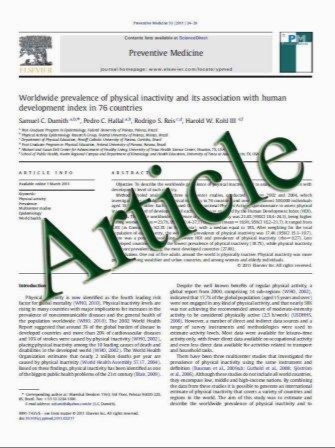Impact of Laparoscopic Adjustable Gastric Banding on Pregnancy, Maternal Weight, and Neonatal Health
- نوع فایل : کتاب
- زبان : انگلیسی
- مؤلف : Allison M. Carelli & Christine J. Ren & Heekoung Allison Youn & Erica B. Friedman & Anne E. Finger & Benjamin H. Lok & Marina S. Kurian & George A. F
- چاپ و سال / کشور: 2010
Description
Background Laparoscopic adjustable gastric banding (LAGB) is a proven method for weight reduction. Less is known about pregnancies in patients after LAGB. Methods Information was gathered, through database and survey, on women who underwent LAGB at NYU Medical Center between 2001 and 2008 then became pregnant. Results Pregnancy occurred in 133 women, resulting in 112 babies, including six sets of twins. The average prepregnancy body mass index (BMI) was 32.7. Average weight gain was 11.5 kg, but was higher for those with prepregnancy BMI <30.0 compared to BMI >30.0 (16.4 vs 8.6 kg). Of singleton pregnancies, 89% were carried to full term, with cesarean section in 45%. Those with prepregnancy BMI <30.0 had a lower rate of cesarean section (35.71%), but it was not statistically significant (p=0.55). Average birth weight was 3,268.6 g. Eight percent of babies from singleton pregnancies were low birth weight (<2,500 g), and seven percent were high birth weight (>4,000 g). Average Apgar scores at 1 and 5 min were 8.89 and 9.17. Four percent of patients developed gestational diabetes, and 5% developed pre-eclampsia. Band adjustments were performed in 71% of patients. Weight gain was higher in those who had their bands loosened in the first trimester (p=0.063). Three patients had intrapartum band slips; one required surgery during pregnancy. Conclusions LAGB is tolerable in pregnancy with rare intrapartum band slips. Weight gain is less in those with higher pre-pregnancy BMI and those who had their bands filled or not adjusted. Babies born to these mothers are as healthy as the general population.
OBES SURG DOI 10.1007/s11695-010-0265-1


